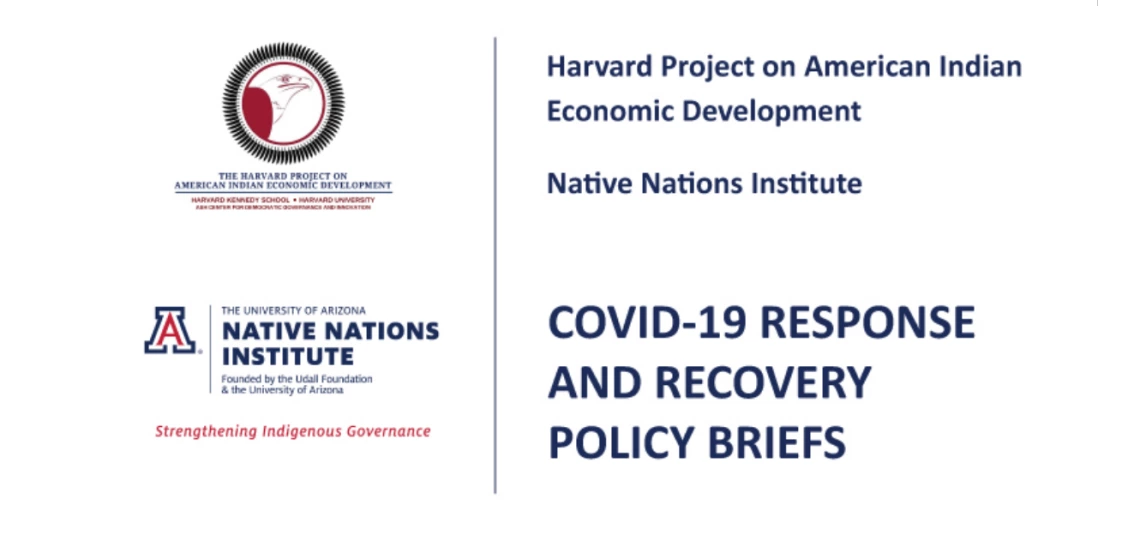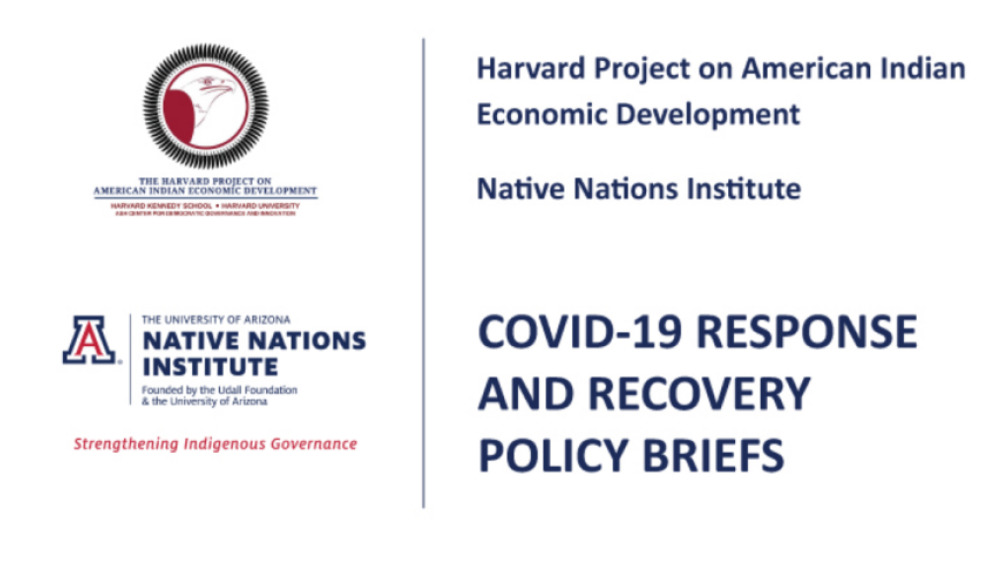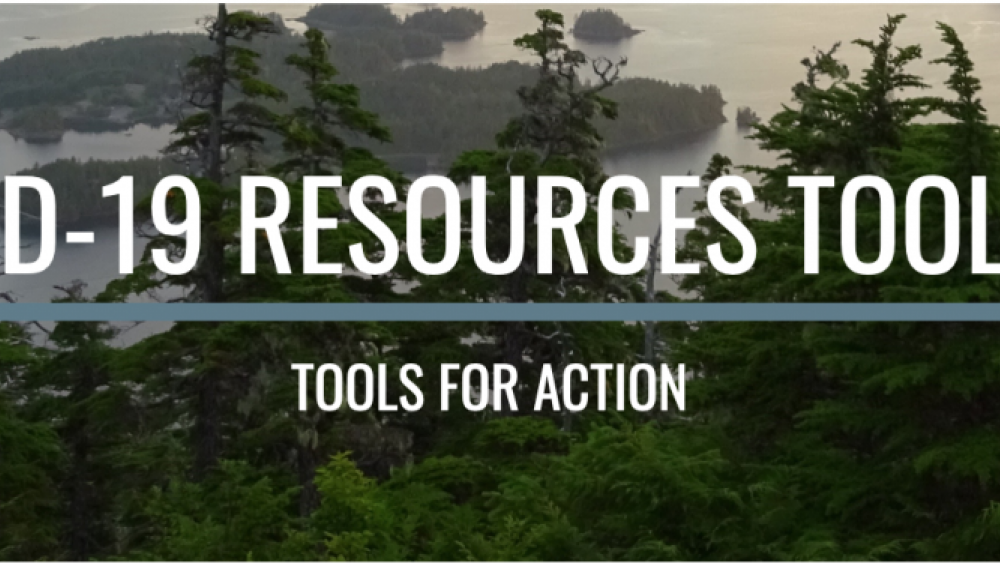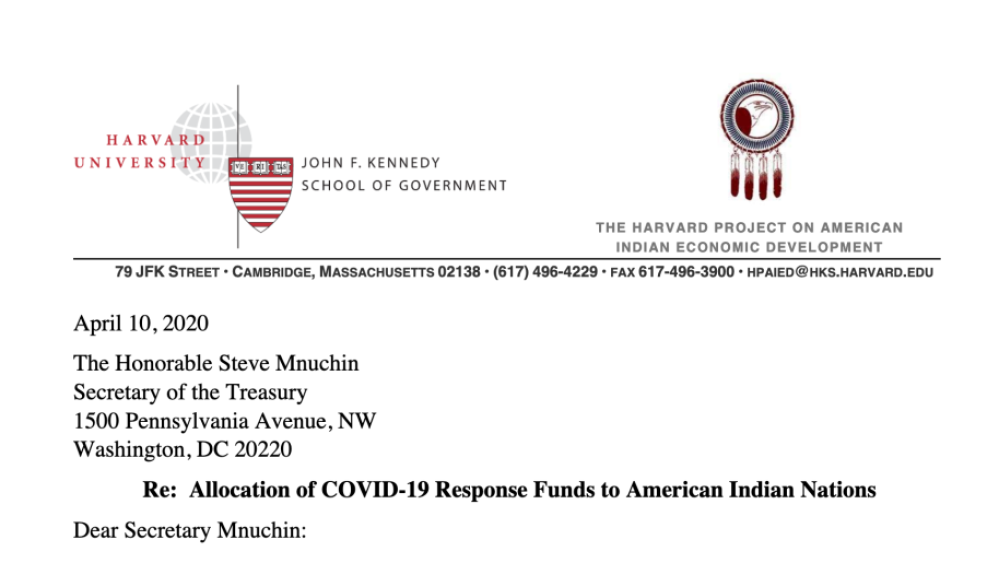In a joint statement, Treasury Secretary Mnuchin and Interior Secretary Bernhardt detailed the amount of CARES Act Title V funds that would be released for federally recognized American Indian tribes starting on May 5, 2010. They noted that the US Treasury Department would “distribute 60 percent of the $8 billion to Tribes based on population data used in the distribution of Indian Housing Block Grant (IHBG), subject to a floor of $100,000. This data is based on US Census figures and is already familiar to Tribal governments.” In a separate document, the US Treasury Department detailed exactly how the $4.8 billion would be allocated among tribal governments. The three steps in this allocation are:
- Calculate the pro‐rata payment for each Tribal government based on single race and then multi‐race data for each Tribe’s IHBG formula area, and use the larger result for each Tribal government.
- Assign a minimum payment of $100,000 to those Tribal governments that would otherwise receive less than that amount under step 1.
- For Tribal governments that would receive a payment greater than the minimum, a pro‐rata reduction is made for those amounts above the minimum for each Tribe so that the total amount for all Tribes does not exceed $4.8 billion.
In the analysis below, we have followed this “recipe” using the publicly available IHBG information from the Department of Housing and Urban Development (HUD) website that explains the IHBG funding formula.5 Key takeaways from our analysis include:
- Different tribal and reservations population data series give rise to different allocations of CARES Act dollars. The particular population choice has significant impacts on the amount of dollars received by certain tribes.
- The Department of the Treasury chose to use tribal population numbers derived from racial population data that ties to HUD’s block grant formula for allocation of housing monies. This population choice by Treasury resulted in a number of tribes receiving de minimis payments that are clearly not reflective of the population of tribal citizens or of tribal needs.
- Further, in failing to reflect actual counts of enrolled tribal citizens, Treasury’s decision to use racial population data from HUD’s IHBG dataset demonstrably produces arbitrary and capricious allocations of CARES Act funds across tribes.
- None of the publicly available data series are reliable for the purposes to which Treasury has tried to put the HUD IHBG data. Each such data series results in arbitrary and capricious allocations of the CARES Act monies.
- The case is strong that an appropriate allocation rule would employ the current tribal enrollment figures submitted by tribes to the Treasury Department in mid‐April.
If and to the extent the Treasury has not followed the description of its allocation calculations that has been publicly provided, the numerical figures we report below would change. However, the key conclusions we reach regarding the inadequacies of those calculations and, in particular, the infirmity of the data being used by Treasury would not change.
Additional Information
Akee, Randall K.Q. Eric C. Henson, Miriam R. Jorgensen, Joseph P. Kalt. May 18, 2020. Policy Brief: Dissecting the US Treasury Department’s Round 1 Allocations of CARES Act COVID‐19 Relief Funding for Tribal Governments. Cambridge and Tucson: Harvard Project for American Indian Economic Development and Native Nations Institute.




